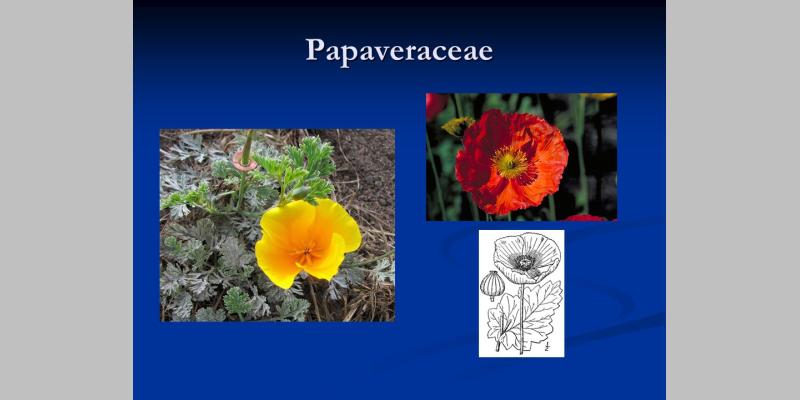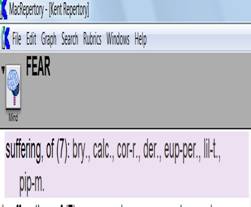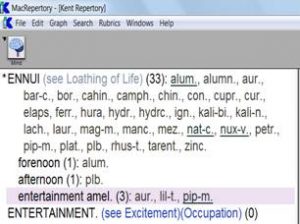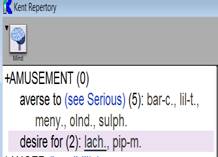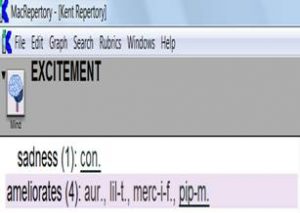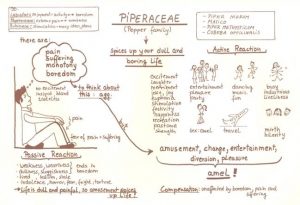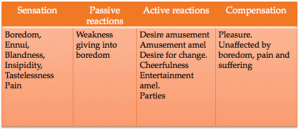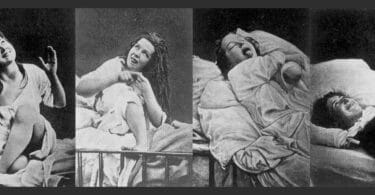Rajan Sankaran
& the other song publication team
This is a case of a 43-year-old female patient, diagnosed with Amenorrhoea and Anxiety attacks. The case began when the resident doctor came into the consulting room suddenly, explaining that the next patient was going to leave because she had to wait for 15-20 minutes. This was quite unusual because a 15-20 minute delay is not unheard of in a doctor’s office.
When the patient came into the room, she mentioned that when she was waiting outside for me, she experienced too much boredom and simply could not stand it. Therefore, she had made a scene and wanted to be taken in immediately. We started the case.
She reported that she gets these panic attacks and migraines if she stops her hormone replacement therapy treatment even for one day. She is seeking out alternative therapies for relief from this problem.
In her attacks, she becomes very nervous, gets palpitations, and feels doom. Her confidence levels become very low at this time. She feels scared, as if something bad is going to happen. The only thing that makes her feel better is by taking her estrogen medicines.
At the age of 30, she had already undergone a hysterectomy, which was the cause of amenorrhoea. She had been on hormone replacement therapy (HRT) for thirteen years. She had panic attacks and migraines on discontinuing HRT, and these had begun due to premature ovarian failure. Her periods were never normal as a young girl. She described them as being very scanty, irregular and delayed by 2-3 months.
It was observed that, she narrated her complaints in a very quick and hasty manner. When asked about her nature, she said that she is continuously on the go. She cannot waste even one hour. She wants to do a lot of new things in that hour and she gets lots of new ideas. If she sits idle, she gets negative thoughts as if she is going to get cancer, and then she will have to go through a lot of suffering.
Her interests and hobbies included her love of painting, music and travelling. She also loves to read fast paced, happy books, otherwise she felt bored. She says she is a person who wants change all the time. She cannot do the same things over and over again. She likes to do new things and travel to new places.
She gets a lot of dreams but all of them are pleasant like going to a party, having great food, travelling to new places, and flying.
She feels very energetic and positive when she paints and when she eats savory food. She is sensitive to rudeness and feels sad with it. She loses interest eventually in things that become monotonous and boring. She explained her sexual desire has gone down completely, which was never like this in her younger days; now she feels bored. She used to greatly enjoy kissing, cuddling, and holding. It used to be very exciting for her.
She loves colors especially ones that are vibrant and full of energy. When she sees colors like these it buzzes her, makes her happy and more energetic. She does not like dull colors, like the color blue. When she thinks of this color, it feels empty, boring, and it is just not happening.
When asked about her food cravings and desires, she explained that she desires eggs.
Other physical complaints include a fungal infection between her toes, on her scalp and recently in her armpits.
She gets a headache from too much noise. Frequently, she gets tinnitus.
Understanding of the Case
In order to understand this case, we have to look at two areas. Firstly, the patient is suffering an endocrine disorder of premature ovarian failure and irregular menses. Secondly, we find in the chief complaint of panic attacks, there is a hormone-related issue. The patient gets panic attacks and feels better by taking estrogen only.
So when we search into reference works:
We get only 10 remedies:
To choose and finalise a remedy, we can then look at the main Sensations in the patient.The sensation in this case is very clear. She is overall very fast paced, always on the move, and better by occupation or diversion. All of her dreams are exciting dreams; of partying, travelling, eating and she loves the same. She has fear of suffering and she feels bored, sad and depressed if she remains idle.
So, we have two sides here. On one side there is the feeling of extreme boredom, depression, having fear of pain, and suffering. On the other side there is the excitement, desire for new and interesting things, partying, travelling, eating, enjoying, activity, and buzzing feeling.
The Sensations of excitement versus boredom are present all throughout the case; in her relationships, nature, daily activities, dreams, hobbies and interests.
Thus, one can think of the plant family Piperaceae.
Summary of Piperaceae family Sensations:
When we take the following rubrics, we get Piper methysticum as the main remedy:
- mind; FEAR; suffering, of (27)
- mind; FEAR; pain, of (27)
- mind; HURRY, haste (267)
- mind; ENNUI, boredom (129)
- mind; IDEAS; abundant (171)
- mind; CHANGE; desire for (43)
- mind; BUSY (125)
- mind; OCCUPATION, diversion; amel. (111)
- mind; DREAMS; parties, of pleasure (36)
- mind; DREAMS; journey, travelling (140)
- head; PAIN, headache; noise agg. (158)
- Generalities; FOOD and drinks; eggs; desires (5)
Piper methysticum belongs to the Leprous Miasm, however the patient does not belong to the Leprous Miasm. To decide what miasm she belongs to we can look at the patient’s general nature and physical complaints. This patient wants to try alot of new things and try alternative therapies. She has a fungal infection on her scalp, in between her toes and in her armpits, which leads us to investigate the Ringworm miasm. We see that the medicine Piper nigrum fits into the Ringworm miasm and belongs to the Piperaceae family.
Piper nigrum has a feeling of loneliness and boredom and a desire for change, for diversion, for amusement. In this remedy, there are also symptoms of scanty, irregular menses and it is also known to successfully treat menopausal symptoms.
When studying this family we see the same sensation running through the other remedies as well, viz. Cubeba and Piper nigrum.
After a study of these remedies and their symptoms the common family sensation was established: Pain, no excitement and boredom. Boredom means monotonous, unexciting, bland, tasteless, and insipid.
The Piperacea family is the pepper family.
Piper nigum (commonly known as black pepper) is a popular spice. Without this spice, food would taste bland, tasteless and insipid.
The passive reaction of this plant family is giving into boredom and the active reaction is to seek entertainment, amusement, parties, pleasure, dancing, and desire to be cheerful.
The compensation is living in a state of pleasure, amusement and entertainment, unaffected by boredom, pain and suffering.
This patient was given one dose of Piper nigrum, 1M.
In this case, we can clearly see the involvement of the PNEI Axis. The patient firstly is affected with an endocrine disorder, which in turn affects the mind. She develops panic attacks and needs her hormone replacement therapy to feel better.
Follow-up
The patient discontinued HRT right from the first day of homeopathic treatment. After the first month she reported that she was doing very well with increased energy, better sleep, and no anxiety as good as if she was on estrogen. Her migraine reduced by 50% in both duration and frequency. She was re-dosed with the same remedy, Piper-n 1 Dose of 1M, for 3 months in a row because her condition was gradually improving. In the 4th month, she reported she was 90% better and was put on placebo for another 3 months. In between she had a short acute flare up of her panic attacks, was given another dose of Piper-n 1M.
After one year of treatment, the patient is doing very well physically, mentally and emotionally. She feels much calmer and is able to focus more, her reported energy levels are high, sleep patterns are improved, and she feels much more alert. Most importantly, her panic attacks, nervousness and migraines have stopped entirely and she has been advised to discontinue her homeopathic medicine.
References:
- Sankaran, R, The Sensation in Homoeopathy, Homoeopathic Medical Publishers, Mumbai.
- Sankaran, R, An Insight Into Plants: Volumes 1-3, Homoeopathic Medical Publishers, Mumbai.
- MacRepertory Software (Complete Repertory, 2014)
‘the other song’ is a medical education centre, a meeting point for different schools of thought, which puts good health and well being at the core of an academic culture dedicated to complete patient care and learning through in-depth live case-taking experience by a team of 35 doctors headed by Dr Rajan Sankaran.



